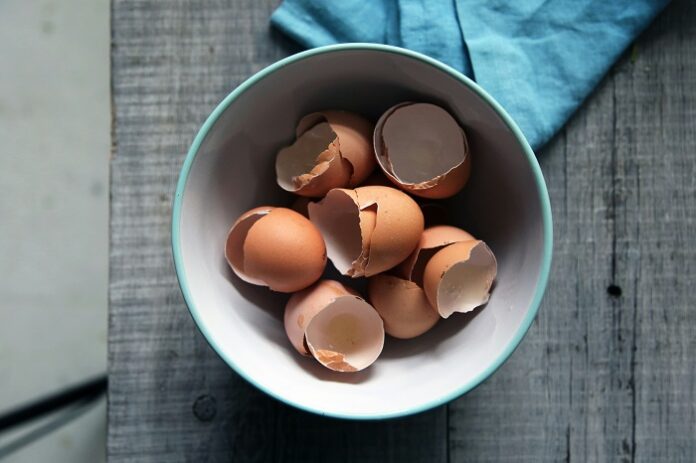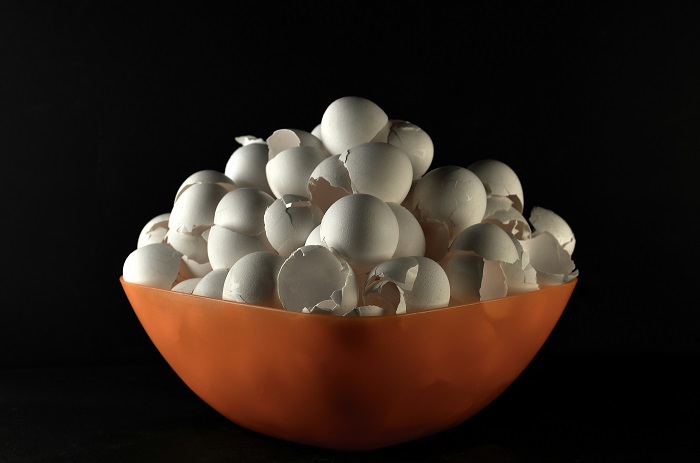Do you remember the shell games in the streets during the wild ’90s? Not only the commodity hiding inside but also the packaging itself, the shell, can be a valuable treasure. Both domestic and mass-produced bird eggs work well.
Worldwide, human-managed production of bird eggs, especially hen eggs, will exceed 90 million tons per year by the end of this decade. At the beginning of the millennium, it was just over 50 million. The shell makes up approximately 11% of the egg’s weight.
Thousands of Eggs in Food and Gastronomy Industries
The primary benefit of processing eggshells is reducing the cost of their purposeless removal and contributing to the environment. Other benefits can be found in healthcare, nutrition, and cosmetics.
Due to its organic nature, the fragile eggshell does not imply a direct environmental burden. It is widely known that shells from our own kitchen can easily enrich the soil in flower beds or pots. But what about the large amounts coming from the food and gastronomy industry?
Quick Decomposition
The content residues that adhere to the inside together with fragments of membranes quickly decompose, so the eggshells must be disposed of or used immediately.
Sterile landfills leave a carbon footprint through transport to the final destination. They rank in the unflattering fifteenth place among residues from the food industry and the so-called HoReCa sector and have a negative environmental impact.
Industrial Use
The second life for eggshells after fulfilling the original purpose also costs something, but it is an eco-friendly solution. In addition to such added value, it can be profitable or lead to material savings.
They are commonly used as limestone alternatives in metallurgy, construction, and the paper industry. However, they can also serve as a component of biofuels, an ingredient in feed mixtures, or contaminated water purifiers.
Biotech Patents
In 2015-2020, eggshells were globally covered by 257 patents, and 99 percent of the total was from the biotech sector. They are increasingly being promoted in dentistry, orthopedics, and internal medicine to support therapy and convalescence, as well as prevention and strengthening. The reason? Ninety percent of them are calcium. This element has an important impact on the functioning of the cardiovascular and nervous systems, muscle performance (plus tendons, joints, and ligaments), hair, and skin vitality.
Well, up to 99% of calcium in the body is bound in teeth and bones. Thus, the body drains reserves from them in case of a possible deficit, which is subsequently manifested by dental degradation and osteoporosis. Unfortunately, milk intolerance can be a problem.
Handmade Production Not Recommended
Another “chapter” is the increased need for calcium during menopause and pregnancy, but also with a sedentary lifestyle or intense physical activity, or to balance the excessive consumption of carbonated beverages, alcohol, and coffee.
The recommended daily dose is individual, considering age, gender, health status, weight, medical history, and other factors. Still, in general, it is around 1,000 milligrams.
The practical advice is that you can grind the eggshell powder – in theory – but the quality, durability, and hygiene safety will be questionable to such an extent that it is sensitive. Instead, use them in compost or biowaste. Alternatively, make yourself an Easter egg.
Text: Miki Kočan ml., photo: unsplash.com
















